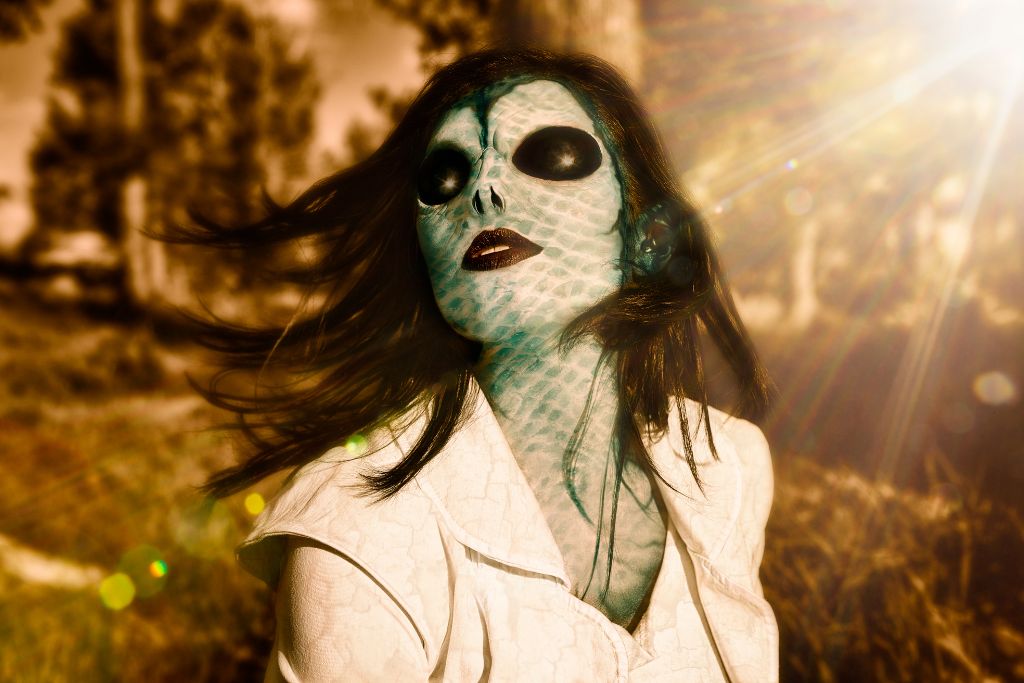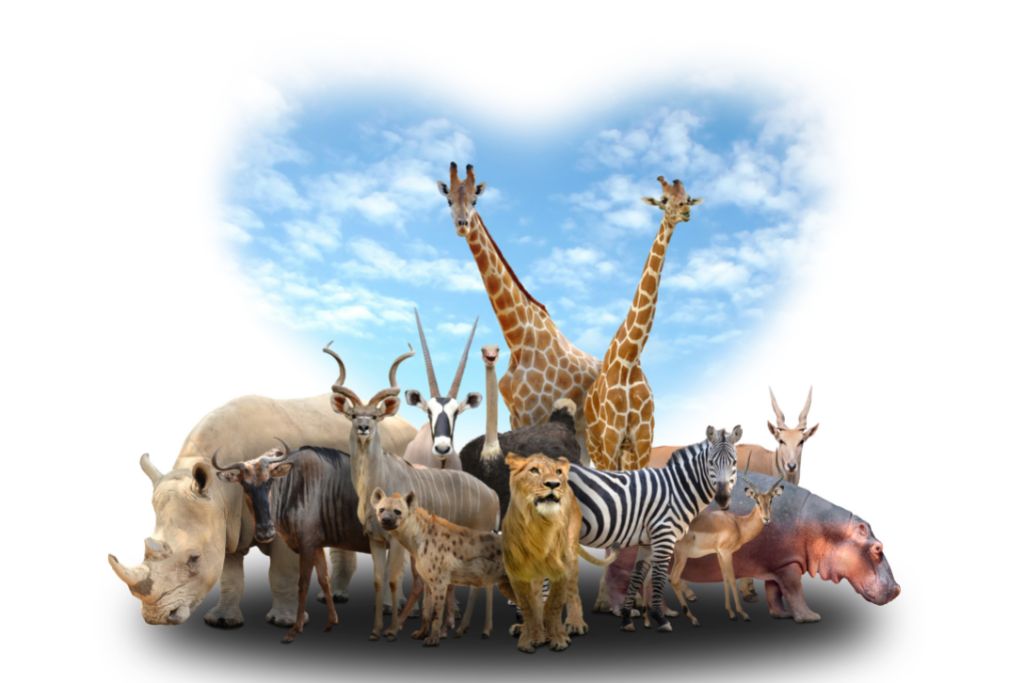Special effects are used in movies and animation to create realistic or fantastical visual elements that cannot be captured on camera. They involve manipulating images, videos, or computer-generated graphics to create a sense of awe or wonder in the audience.
Special effects can include CGI (computer-generated imagery), practical effects, or a combination of both. They can be used to create explosions, creatures, weather effects, or to alter the appearance of actors or locations. In animation, special effects are used to enhance the overall look and feel of the animated world, bringing it to life with depth, movement, and texture.
SFX can include mechanical effects, such as pyrotechnics and miniatures, and optical effects, such as motion-capture photography and matte paintings.
In addition to SFX, movie makers use visual effects (VFX). These are digital effects that enhance the quality of the film or other medium.
What is a Special Effect?
Special effects are used in films and animation to create illusions and to give a more realistic feel. They are an important part of making movies and animated look more real, while also keeping your viewer entertained.
They are a way to add drama and make the audience more involved in a story. There are a number of different types of special effects, and each one has its own unique qualities and strengths.

These techniques can be used to create anything from a rainstorm to a starship to an entire planet. The most recent innovation is Computer-Generated Imagery (CGI), which allows for incredibly detailed and complex scenes that could not be created in a traditional film.
Special effects are a must-have for any movie or animation. They can be the difference between a good and a great film. With a good mix of special effects and visual effects, your film will be able to stand out from the rest of the crowd.
Optical Effects
Optical effects involve altering a photographic image either in-camera or as part of post-production through the use of an optical printer. These techniques can be used to place actors or sets against a different background or to add a different texture to an actor’s face or skin.
In the movies, these special effects can be seen in the way that a mountain appears taller than it really is or in how bullet hits appear in The Matrix or in how the Hulk and tiger in any Marvel movie appear to move. These special effects are done to enhance the filming experience and give the audience a more realistic view of the world that the characters are living in.

Optical effects can also be seen in the way that sunlight interacts with Earth’s atmosphere. This can cause a variety of visual displays known as optical phenomena such as rainbows and green flashes. These can be a result of the way that water droplets, dust particles and ice crystals interact with sunlight.
Mechanical Effects
If you’ve ever watched a movie, you may have noticed that they sometimes create an incredible world through special effects. These effects include things like computer-generated imagery (CGI) and 3D rendering, but they also involve a lot of practical and mechanical engineering.
These effects are what allow filmmakers to envision and execute the most amazing things and worlds that can’t be harnessed by actors on a soundstage. They’re often used in science-fiction and fantasy films because they can give viewers the illusion that a character, object, or scenario is real.

While optical and visual effects are largely used in modern filmmaking, there will always be a place for practical and mechanical effects. These can be used during the filming process or they can be added after a shoot.
Animation
Animation is the art of creating images that look like they are moving. These images can be hand-drawn or computer generated, and they are displayed in a rapid sequence to create the illusion of motion.
In animated films, the characters move in a way that makes them appear to have personality and weight. This is done through the use of the 12 principles of animation, which were compiled by the famous animators at Walt Disney Studios in the 1930s.

These principles are based on the observation that living things don’t move in straight lines but rather in arcs. Using these arcs can elevate an animated scene and show how experienced an animator is.
In addition to drawing in 2D, animators also use computer programs that program paths between keyframes to maneuver digitally created figures throughout a digital environment. This is known as compositing and is a necessary step in any animation project.


